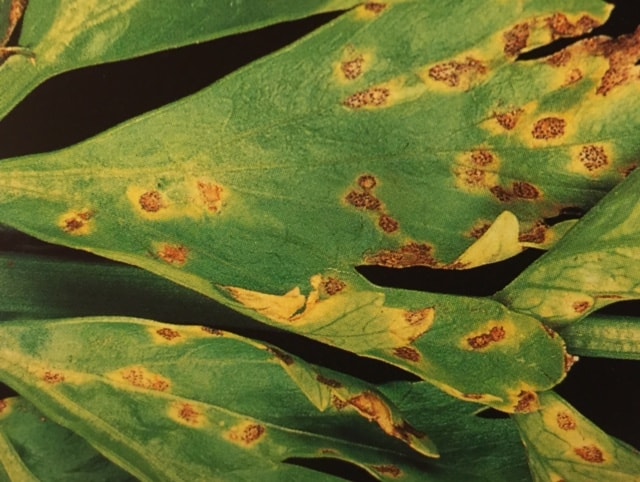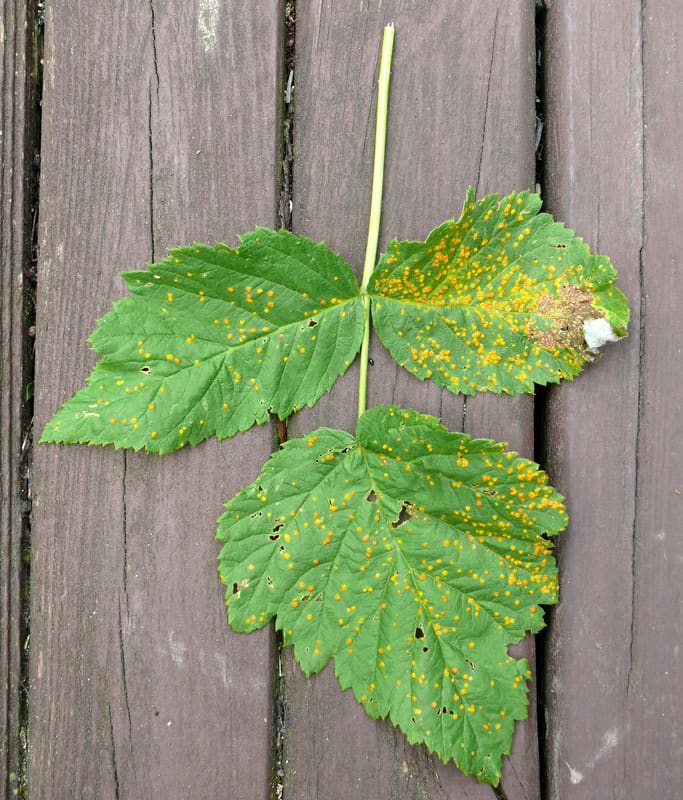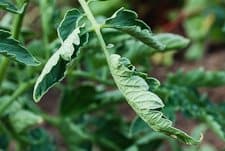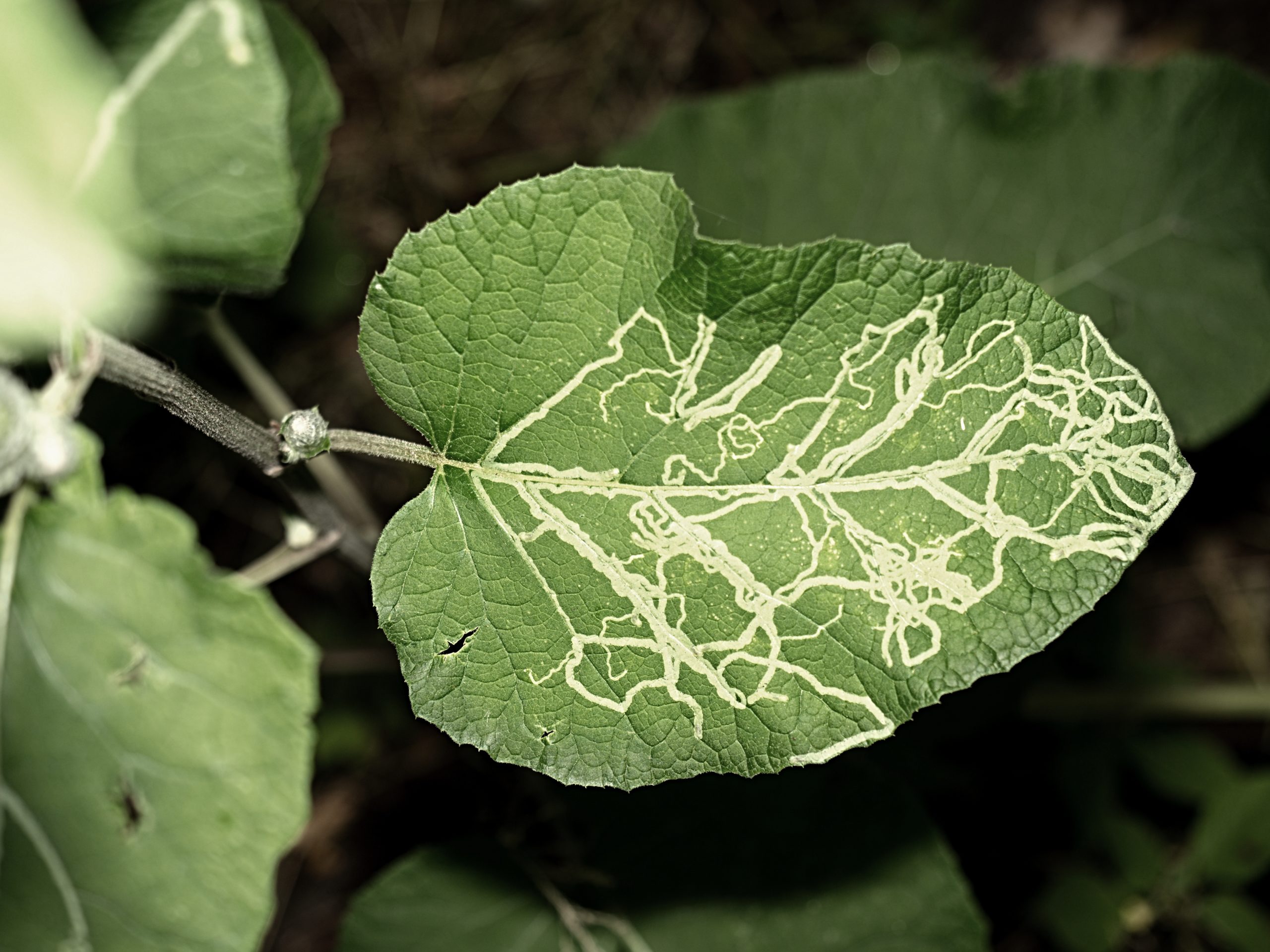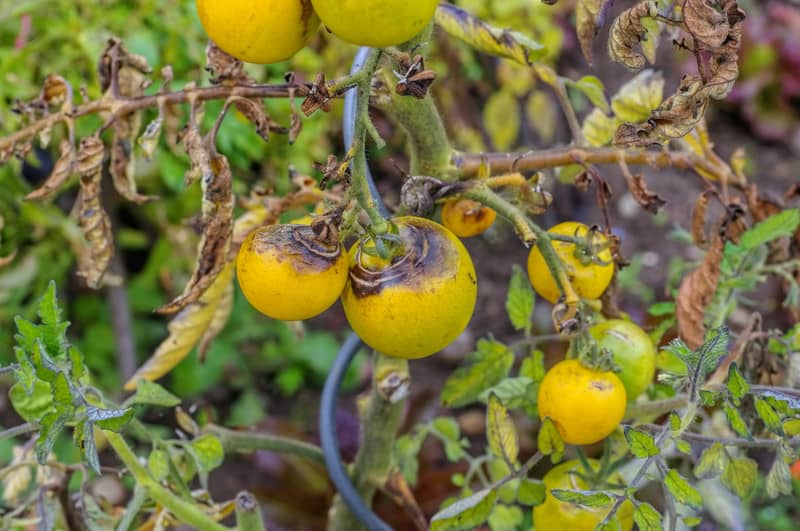Late Blight Fungus Disease
Late blight is a fungus disease that can infect tomato and potato plants. The disease spreads rapidly and will likely destroy the infected plant in a few days. Wind- and water-borne fungal spores can quickly spread to other plants—including eggplants, and peppers. Late blight commonly strikes when nights are cool and moist and days are […] More



